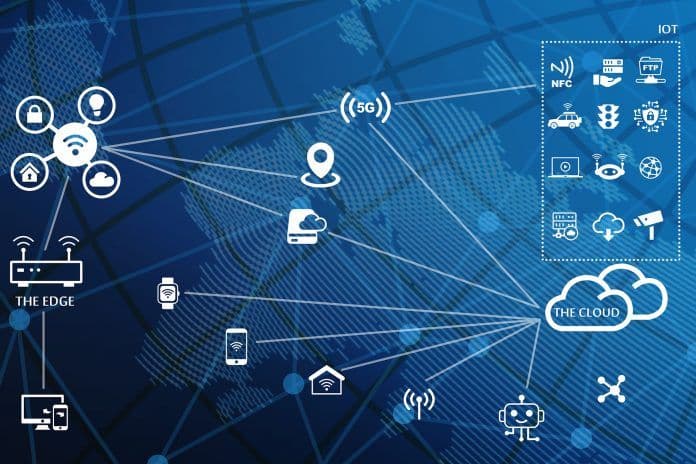The mobile network’s core domain has been crucial since the introduction of 2G and 3G technology. The primary functions in this domain are the MSC and SGSN, which have evolved into EPC or Evolved Packet Core, followed by EPC+ in 4G networks, and 5GC or 5G Core in 5G networks.
The 5G Core network is based on a Service-Based Architecture, which is an evolution of the traditional appliance-based 4G Core Network. It provides enhanced support for services, offering greater agility and flexibility.
The major building blocks of 5G architecture include:
Service-Based Interface: The Service Based Interfaces rely on HTTP/2
-
The 5G Network Functions: it is built using IT network principles and cloud native technology. In this new architecture each Network Function (NF) offers one or more services to other NFs via Application Programming Interfaces (API). Each Network Function (NF) is formed by a combination of small pieces of software code called as microservices.
-
Cloud Native Functionality: The 5G core is Cloud Native., it leverages microservices, containers, orchestration, CI/CD Pipelines, APIs, and service meshes etc.
-
Control & User Plane Separation (CUPS): The ability to separate the control plane and the user plane is a crucial feature of 5G that was designed from the ground up. This feature enables operators to have the control plane located in a centralized location while the user plane can be placed closer to the application it supports.
-
Edge Computing: With CUPS the data plane can be moved closer to Edge for lower latency requirements leading to Edge Computing.
-
Network Slicing: The feature utilizes virtualization technology to create logical connections between disparate physical resources in order to meet diverse business requirements for a particular service.
Credits: ![]()
